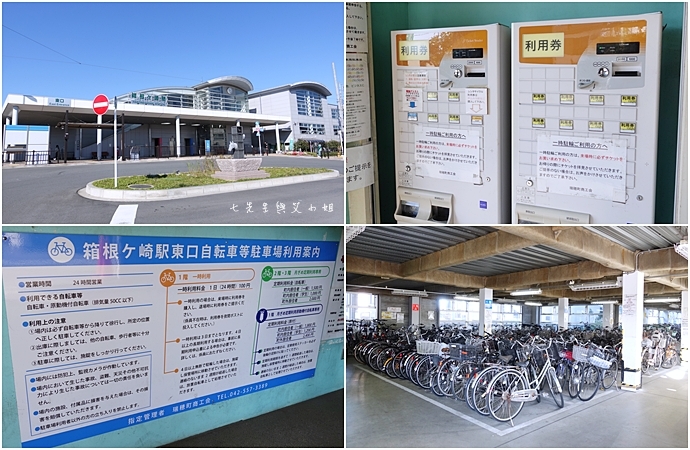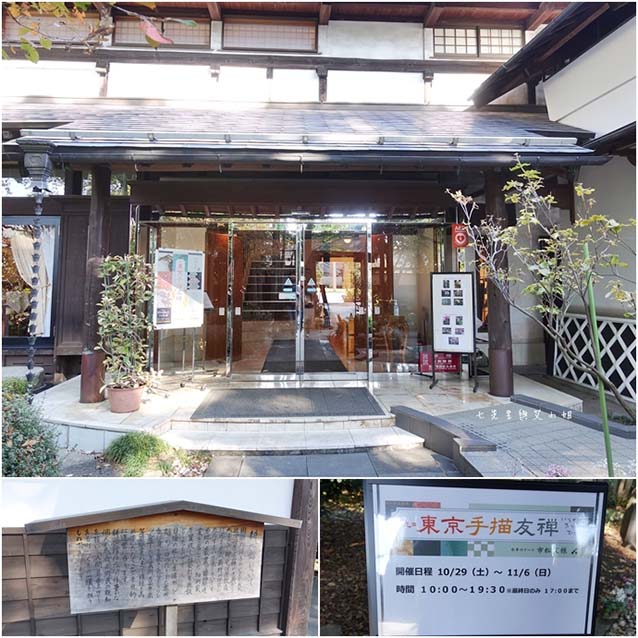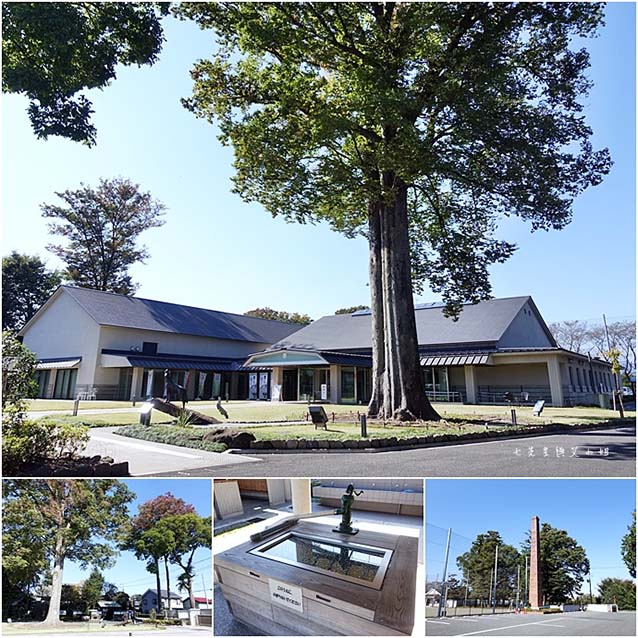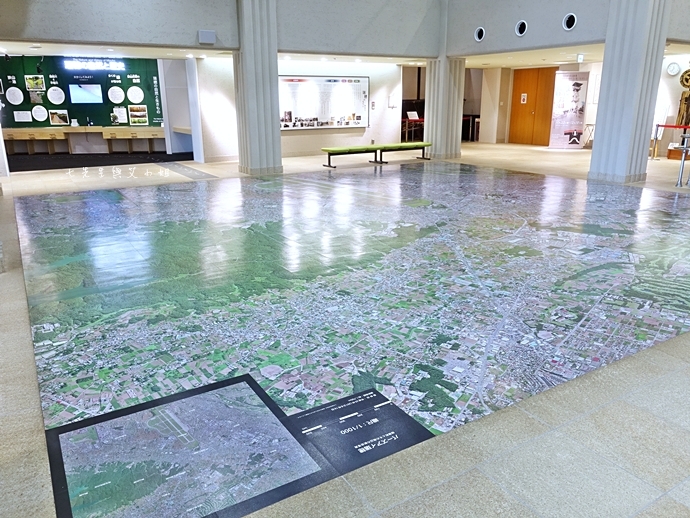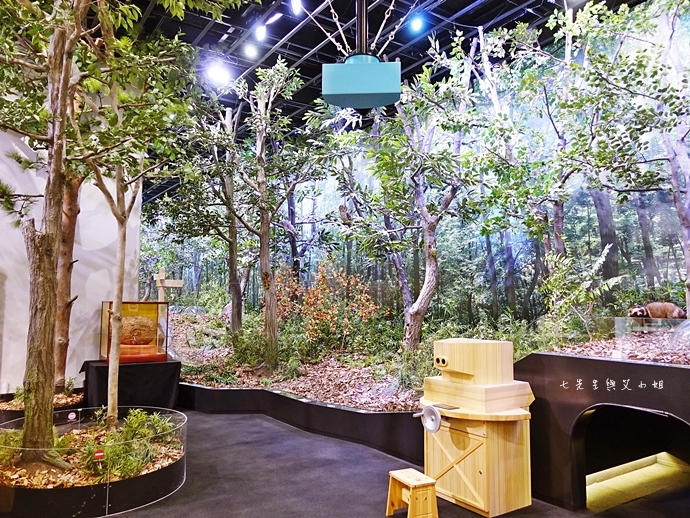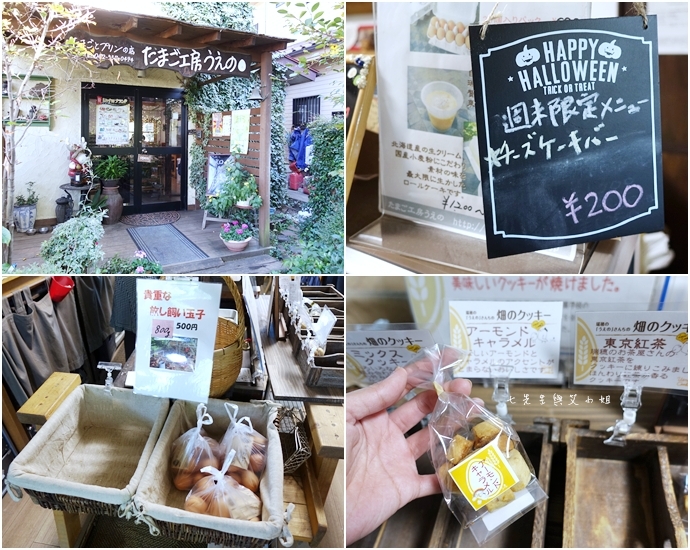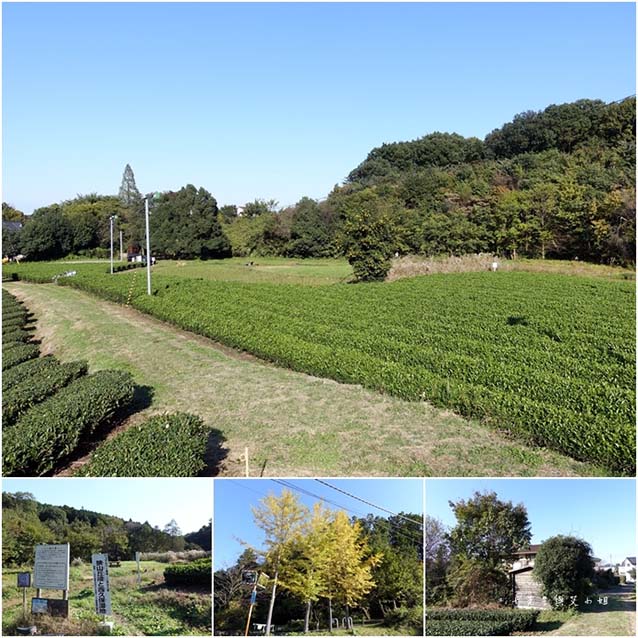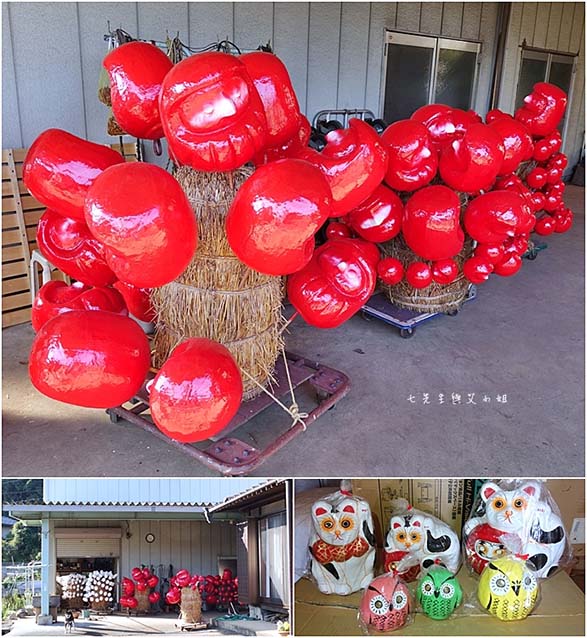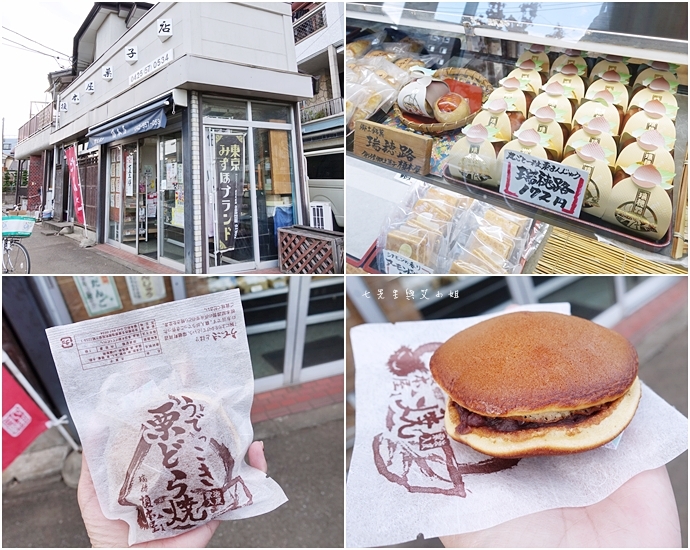Day 1
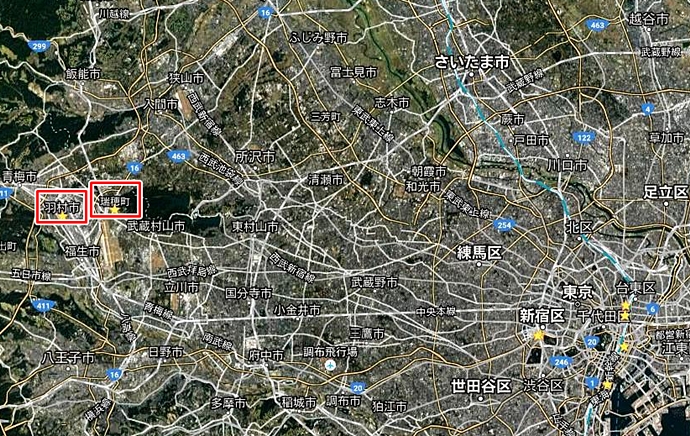
From City to Mizuho Town
Mizuho Town and Hamura City are neighboring destinations, just a 1.5-hour drive from the Tokyo Metropolitan Area. Traveling from Haneda Airport to Mizuho Town is highly convenient. This time, I decided to make brief stops in Shinjuku and Harajuku before heading directly to the hostel where I planned to stay for the day.
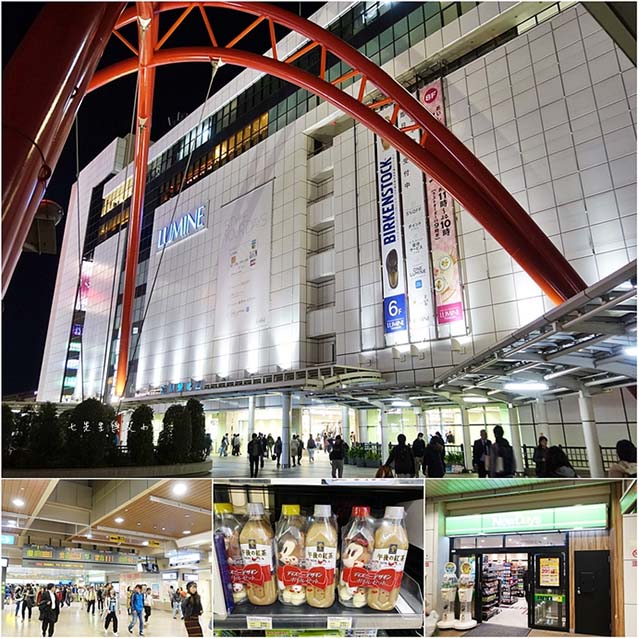
Transfer at Tachikawa
On the way from Shinjuku to Mizuho Town, you need to transfer at Tachikawa. The area around JR Tachikawa Station is also very lively.
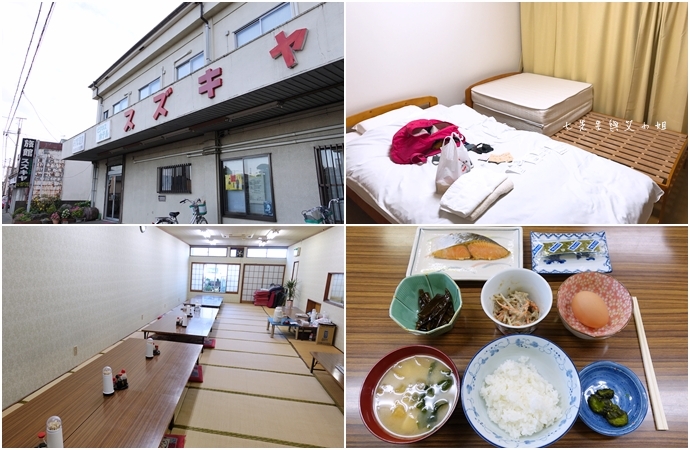
Business Hotel Suzukiya Ryokan
On the first night, I stayed at the Business Hotel Suzukiya Ryokan, which is conveniently located near Hakone Gaozaki Station in Mizuho Town. After soaking in the hot springs and enjoying a restful night's sleep, I started the next day with a hearty breakfast and then embarked on a day of exploring Mizuho by bicycle!








